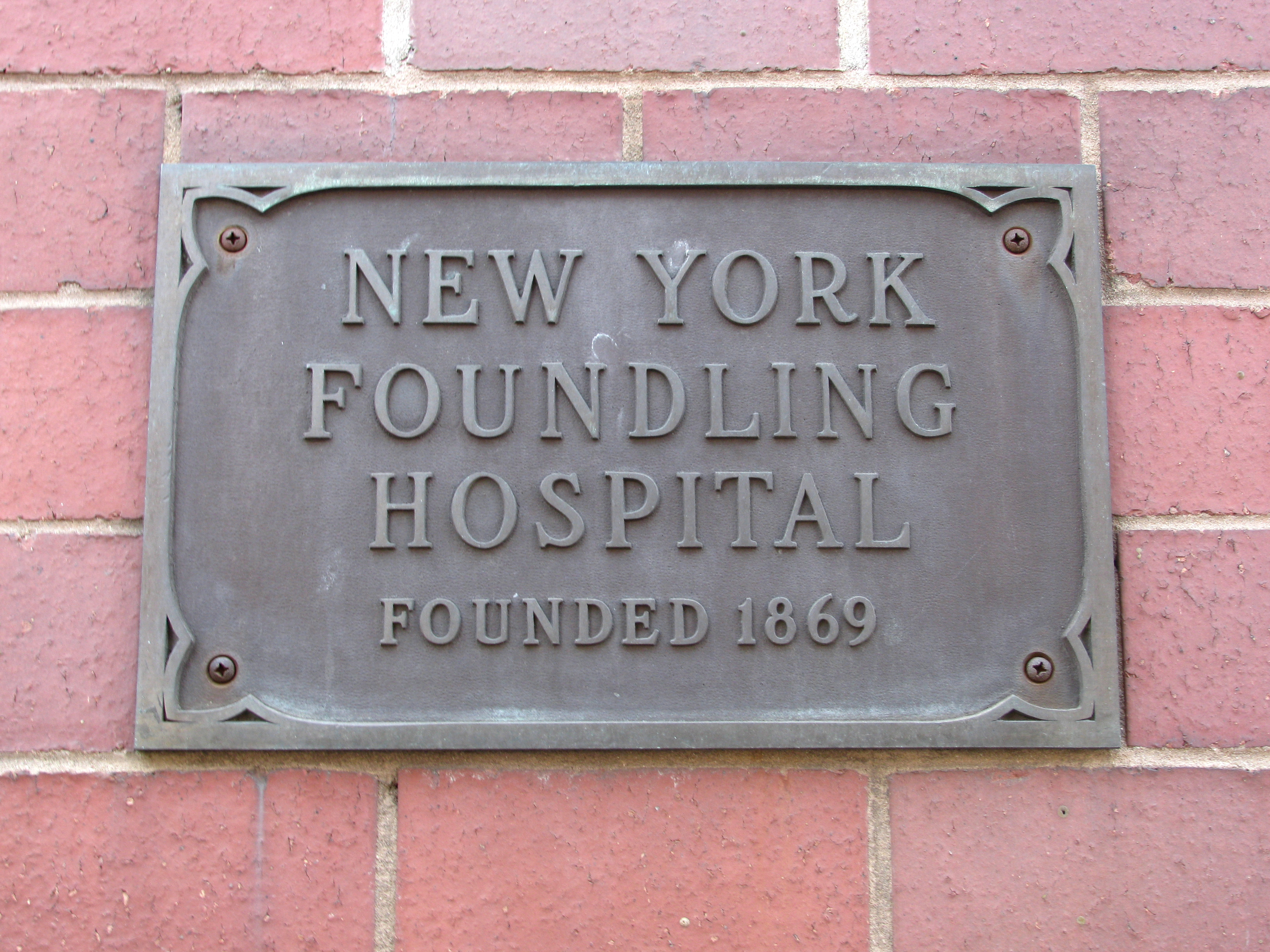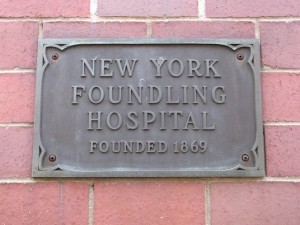The unfortunate truths of children lost in poverty


In response to the alarming infant-mortality rate, the New York Foundling Hospital opened in 1869, and is one of the oldest social service agencies in North America. It was then designed to address the needs of women in poverty.
We do hope that we are today a gentler and more caring society but the truth is that here in 2015, we have an appallingly high child poverty rate and little focused remedial action.
Lisa Lipkin, “story teller in residence” at the Museum of the City of New York was asked by the New York Foundling Hospital to write about its 100th year and history. Lipkin anticipated wading through moldy committee reports, dust-covered financial statements, yellowing photographs and there were many of such items to be analyzed. But to her astonishment, she also found five leather-bound albums titled: “Letters Left on Babies by Their Mothers.”
In one letter, a physician asks the Sisters of Mercy, “to care for the newborn baby of the mother who was sexually assaulted.” In another letter, a mother with a newborn baby was deserted by her husband and requests help; in another letter, the mother does not have burial costs for her dying baby; in another, a teenager with her newborn is forced to piece together a make-shift home at an abandoned construction site.
One letter began: “Dear Sisters: By the love of God be so kind as to look after this poor orphan child; if she should die, please to bury her for me. You must not think that I have neglected her; I have worked very hard to feed her but I cannot afford to bury her.”
Or: “This two dollars is to have this child christened ‘Willie.’ Do not be afraid of the sores on his face … it is nothing but a ringworm.” And finally this letter: “This offspring is the fruit of a brutality on the person of this poor but decent woman and to cover her shame, being too poor to support the child, she is obliged to resort to this extreme measure. The child is not yet baptized.” A day-old infant was left by a physician.
So we can conclude — what was true in the 19th century is true here in the 21st century, “The more things change, the more they remain the same.”
And while the conclusion sounds empty, the inescapable truth as Lisa Lipkin reminds us in her article in the New York Times: “All the letters found in the archives of the New York Foundling Hospital makes evident once more, that orphans have always been born more of poverty than of neglect.”
Here in Canada, our poverty rate stands at about 21 per cent, the highest in 15 years. And trends indicate there are increasingly more and more young people under 25 years of age at greater risk for living in poverty. More than one in seven children live in poverty, and among 17 countries to which Canada is compared, we rank 15th on this indicator and scores a generous “C” grade on steps to eliminate child poverty.
And though painful to remember, in 1989, the Canadian House of Commons voted unanimously to eliminate child poverty by the year 2000. Here in 2015, still we get a “C” grade.
Unless we can alter our somewhat cold-hearted and dispassionate attitudes and our municipal, provincial and federal governmental policies change, and we assail child poverty with purpose, how depressing to conclude once again: “The poor you will have with you, always.”


